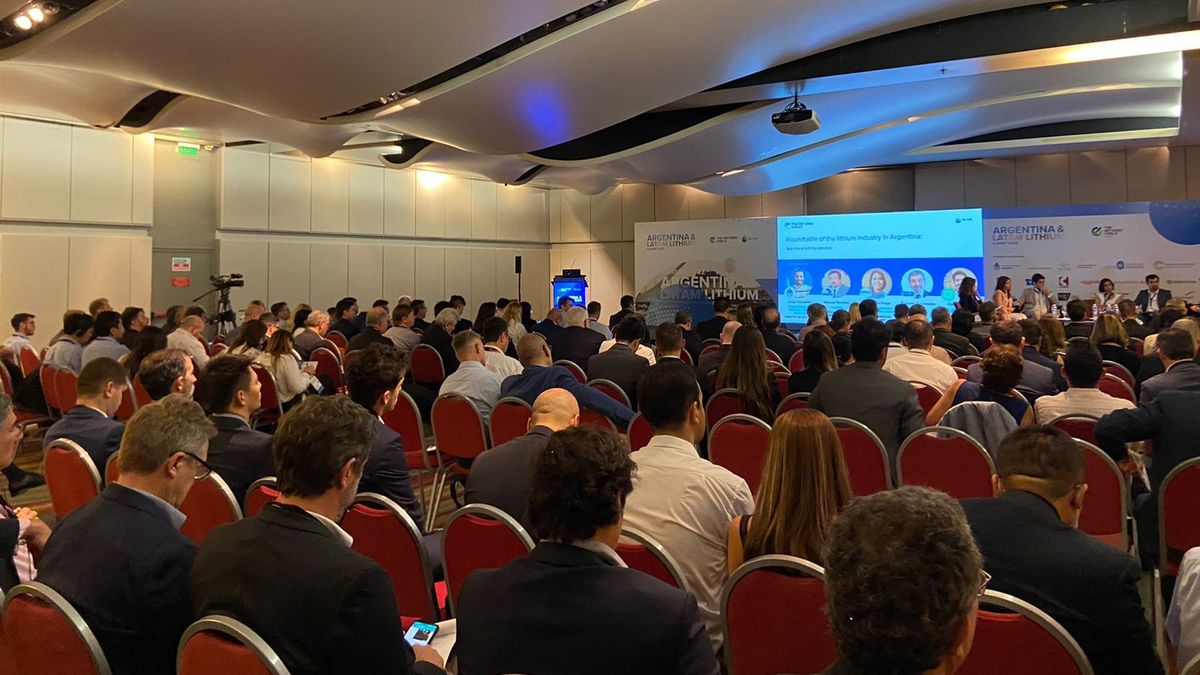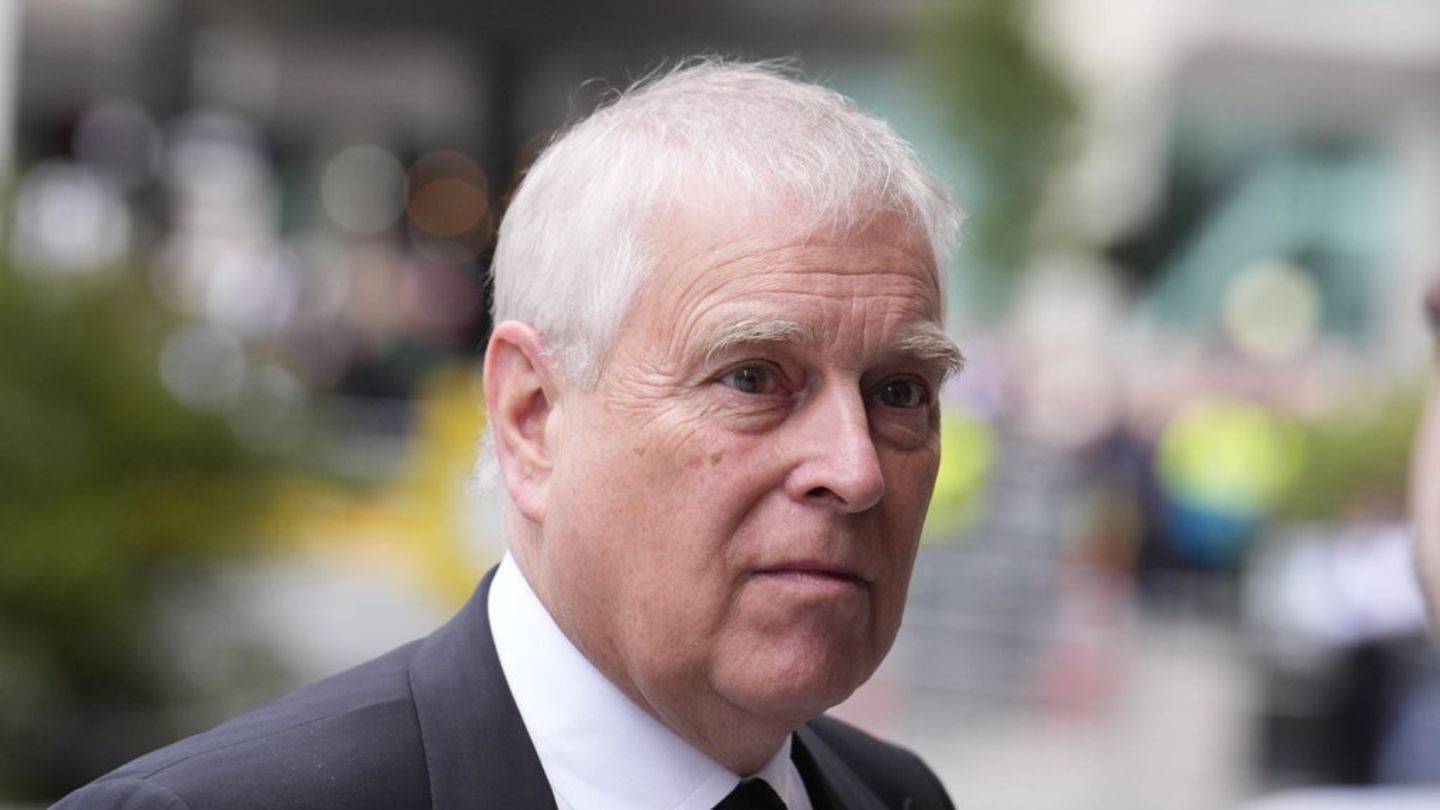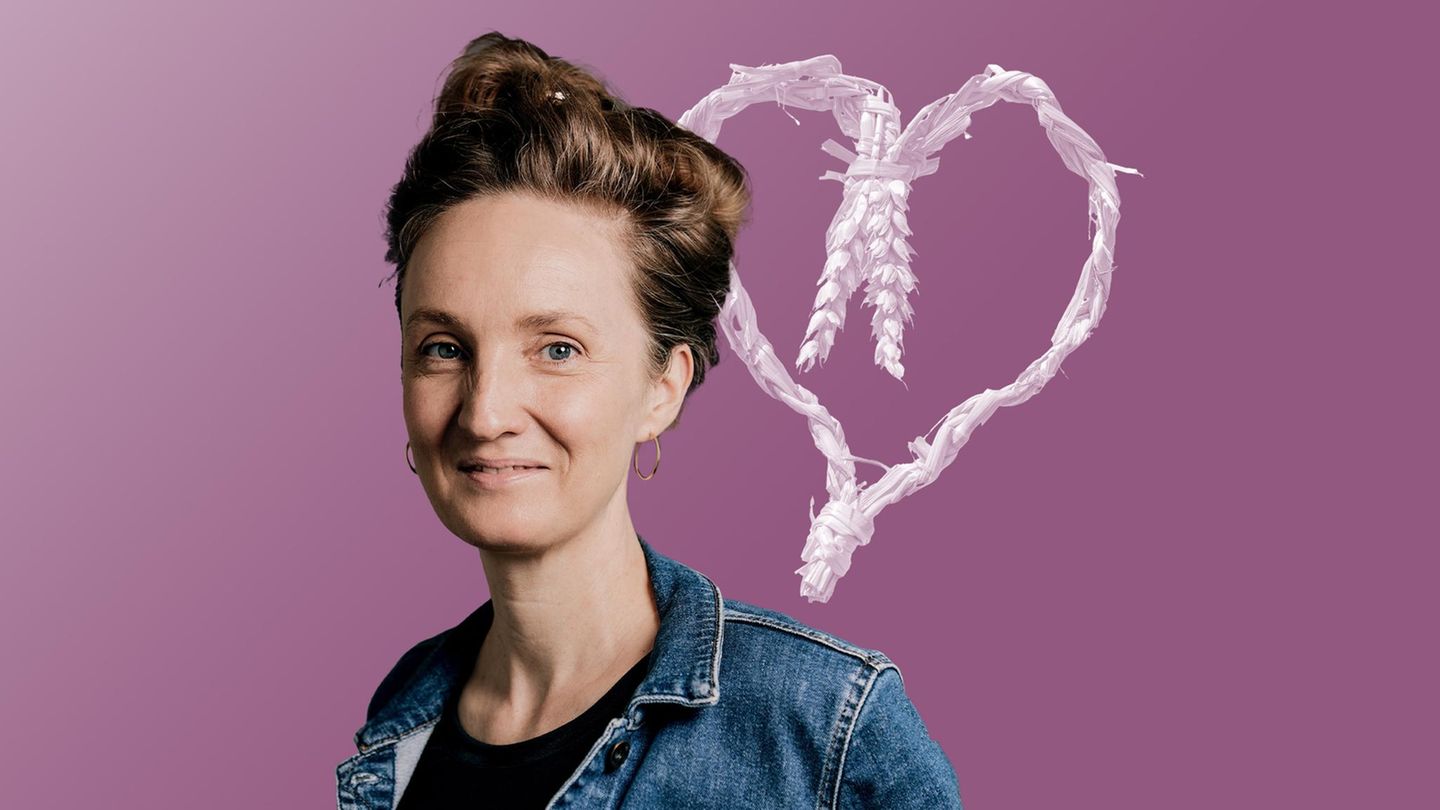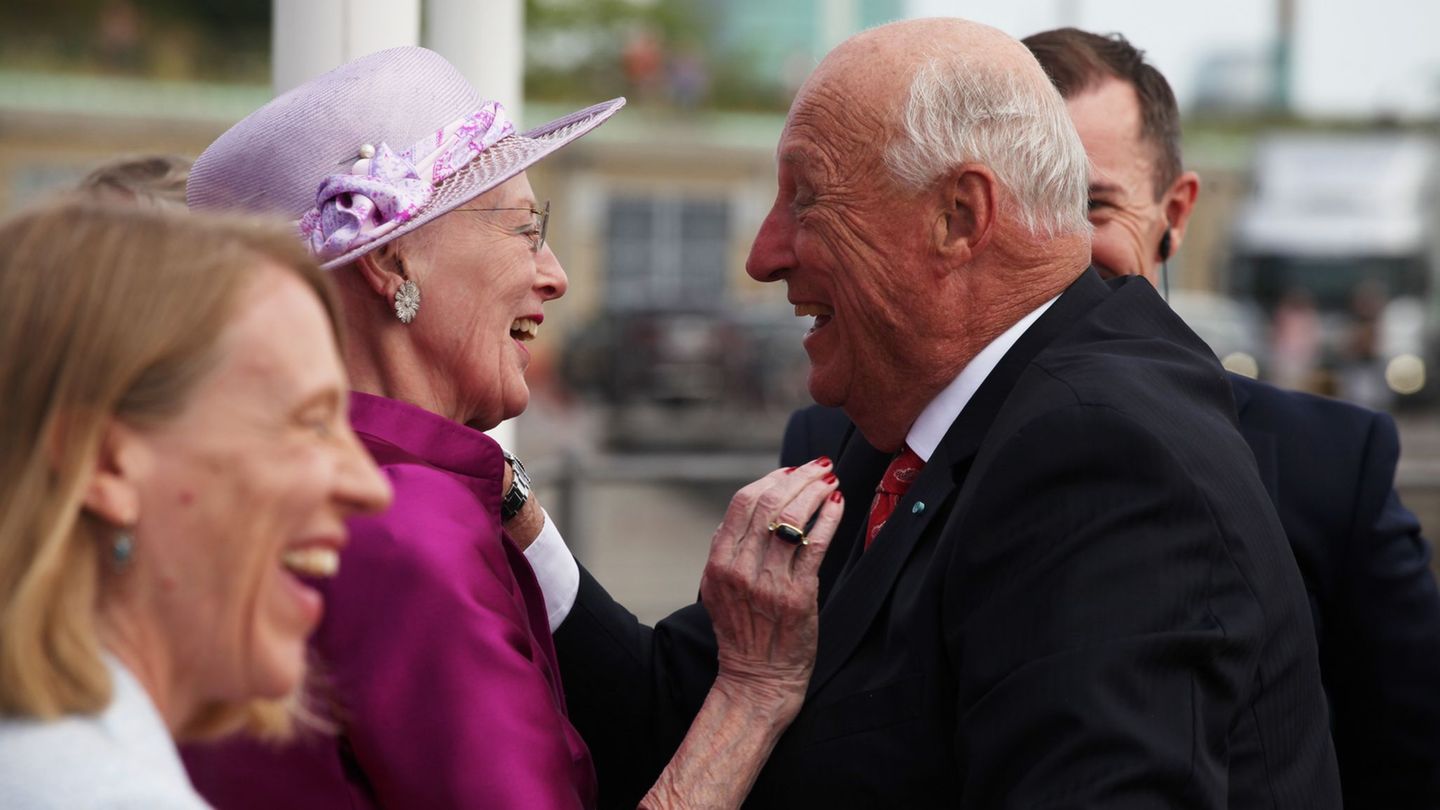One of the speakers on stage was Jorge González, national director of mining promotion and economics at the Ministry of Economy. There he reported that from 2020 to here there had been US$11,000 million in investments in the mining sector, of which almost half (US$5,177 million) were announcements in lithium projects. As for lithium exports, in the accumulated ten months of 2022 they climbed to US$539 million, the highest value in recent years, and represents 17% of total mining exports.
What González showed in hard data projected on a power point was observed in the room. Representatives of global giants, such as the Australian Río Tinto or the Chinese Ganfeng, spoke on stage about the lithium projects in Argentina. From their chairs, those who listened took out their cell phones to take photos of the screen to save data or maps of areas that will be exploited for lithium. Every time a panel ended, executives from all over the world, and also from Argentina, approached the exhibitors to exchange cards.
The representative of the Ministry of Economy in the room reported that with the ongoing construction, production will increase six times over the course of the decade, and exceed 200,000 tons of lithium carbonate. When it was his turn to speak, Diego Calonje, Río Tinto’s executive in legal and institutional matters, revealed the company’s plans to re-enter the Rincón project in Salta. The world’s second largest company will seek to supply the automaker Ford with lithium battery materials. After investing US$850 million in the acquisition of the project, they have just approved a new investment of US$190 million to speed up the production of a plant that will start with 3,000 tons per year, begin production in 2023 and export in the first quarter of 2024.
For her part, Adriana Bekerman, vice president of Ganfeng Lithium, revealed that one of the four projects they have in Argentina is Cauchari-Olaroz, together with the Exar mining company, which, when ready, will be able to produce 40,000 tons per year, and is seeking to obtain permits. to expand production.
However, the exposures on investments and plans were not exempt from the main concerns of companies. From the stage, Luis Sansot, director of operations of Puna Mining, when he had to mention the weaknesses of operating in Argentina, spoke of the lack of infrastructure, and when it came to threats, he referred to foreign trade: “There is a closure of imports , with raw materials that are not available. Today I am telling you about the company, and next year if we cannot import, are we going to have to close the doors? There is no way to produce without some inputs, we need answers”.
Along the same lines, when the presentations ended and questions were given, the president of Mitsubishi took the microphone, who stated: “I have been in Argentina for a year to participate in the development of lithium and copper. When I talk to my parent company, the first problem we encounter is access to foreign currency”. There were murmurs in the room. The executive addressed the Rio Tinto representative: “I know you make investments carefully, but what kind of future do you see when you decide to make such a big investment in Argentina that suffers from these currency problems?”
Diego Calonje from Río Tinto replied that access to financing becomes an “obstacle for investment” due to problems repaying the capital, but that in the case of the Australian company they used their own funds. At that moment, he grabbed the microphone González, from the Ministry of Mining, and explained that there is decree 234 and 836 in which if companies subscribe, they can access a percentage of free availability of export currencies, through the size of investments. Several companies are unaware of this decree, and they approached González after his presentation to ask him for the material written in English.
Another issue that generates uncertainty is the growing presence of China. In fact, in the ranking of investment announcements, Canada leads the first place, followed by China, with US$1,756 million since 2020. The United States is in third place. Also, in the ranking of acquisitions and mergers, China stands out. In the last two years, 11 announcements of this type were announced for US$6,491 million, 96% related to lithium projects. The Chinese miner Zangge Mining bought Ultra Lithium Inc.’s 65% stake in the Laguna Verde lithium project and Litica Resources recently announced the transfer of the Pozuelos Pastos Grandes project to the company Ganfeng for an amount of US$960 million. This issue has already generated a call for attention from the European Union, which two weeks ago were in Argentina with the intention of signing a bilateral agreement with Argentina.
Roberto Salvarezza, president of YPF Litio, Carlos Soruco, co-founder of Quantum, Araceli Guzmán, from Jujuy’s state-owned company JEMSE, Fernando Villarroel, director of Lithium South Development, and Carlos Galli, director of Latin America projects, also spoke about their plans in Argentina. lithium.
Source: Ambito
David William is a talented author who has made a name for himself in the world of writing. He is a professional author who writes on a wide range of topics, from general interest to opinion news. David is currently working as a writer at 24 hours worlds where he brings his unique perspective and in-depth research to his articles, making them both informative and engaging.




